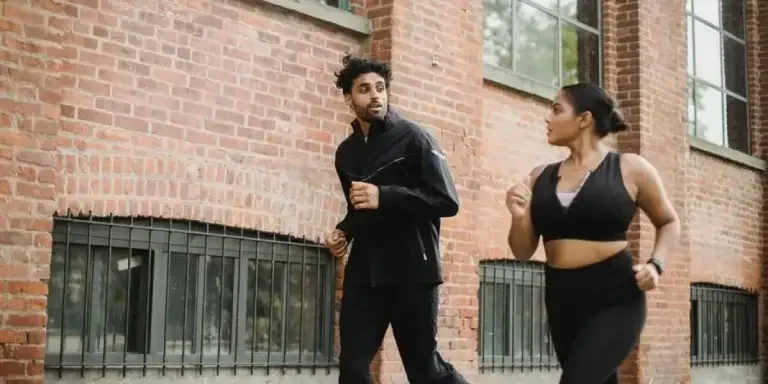Running pants have become an essential part of the athletic wardrobe, offering comfort, functionality, and style. As the demand for activewear continues to rise, understanding the market dynamics of running pants is crucial for businesses and consumers alike.
Table of Contents:
Market Overview
Innovative Materials and Textures
Design and Functionality
Size, Fit, and Customization
Technological Features and Advancements
Market Overview
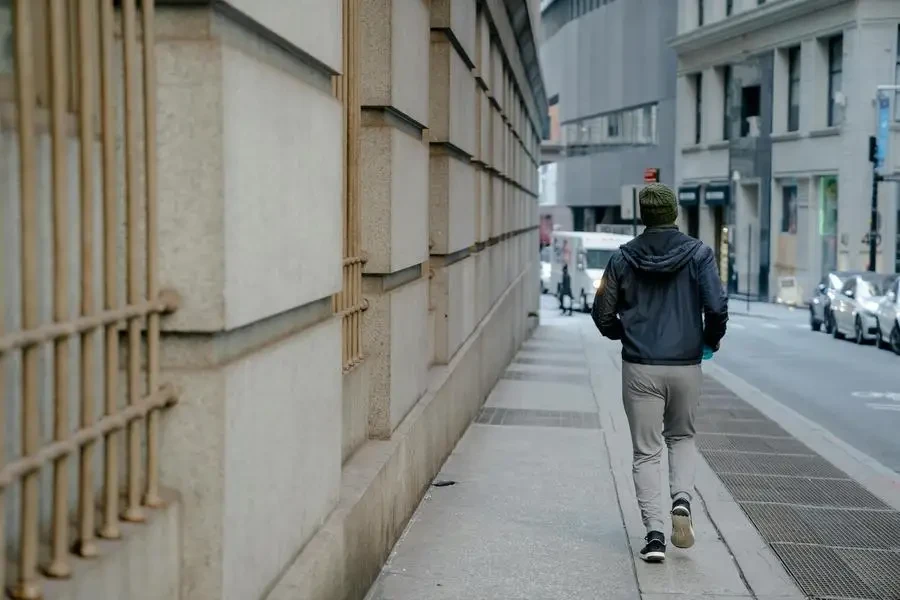
The Growing Demand for Running Pants
The running pants market has seen significant growth in recent years, driven by an increasing interest in fitness and outdoor activities. According to Statista, the revenue in the trousers market in the United States is projected to reach a staggering US$30.05 billion in 2024, with an annual growth rate of 2.00% (CAGR 2024-2028). This growth is reflective of the broader trend towards activewear, as consumers prioritize comfort and performance in their clothing choices.
The rise in health consciousness and the popularity of running as a form of exercise have further fueled the demand for running pants. Consumers are looking for apparel that not only supports their physical activities but also aligns with their lifestyle and fashion preferences. This shift is evident in the increasing sales of running pants across various retail channels, both online and offline.
Key Players and Brands in the Market
The running pants market is dominated by several key players who have established themselves as leaders in the sports and activewear industry. Brands such as Nike, Adidas, Under Armour, and Lululemon are at the forefront, offering a wide range of running pants that cater to different needs and preferences.
Nike, for instance, has consistently innovated with its Dri-FIT technology, which provides moisture-wicking properties to keep runners dry and comfortable. Adidas, on the other hand, focuses on sustainability with its Primegreen and Primeblue collections, made from recycled materials. Under Armour’s HeatGear and ColdGear technologies offer temperature regulation, making their running pants suitable for various weather conditions. Lululemon, known for its high-quality fabrics and stylish designs, continues to attract a loyal customer base.
These brands not only compete on the basis of product features but also invest heavily in marketing and endorsements by professional athletes, further solidifying their market position.
Regional Trends and Preferences
Regional preferences play a significant role in the running pants market. In the United States, there is a strong emphasis on sustainability and eco-friendly products. According to Statista, there has been a significant shift towards sustainable and ethically-produced trousers, with consumers prioritizing conscious fashion choices. This trend is reflected in the increasing demand for running pants made from recycled materials and those that adhere to ethical manufacturing practices.
In Europe, the market is characterized by a preference for high-performance and technologically advanced running pants. Brands that offer features such as moisture-wicking, temperature regulation, and anti-odor properties are particularly popular. The European market also shows a strong inclination towards premium and luxury activewear brands.
In the Asia-Pacific region, the growing middle class and rising disposable incomes have led to an increased demand for running pants. Countries like China, Japan, and South Korea are witnessing a surge in interest in fitness and outdoor activities, driving the sales of running pants. The market in this region is also influenced by international sports events, which boost the popularity of activewear.
Innovative Materials and Textures
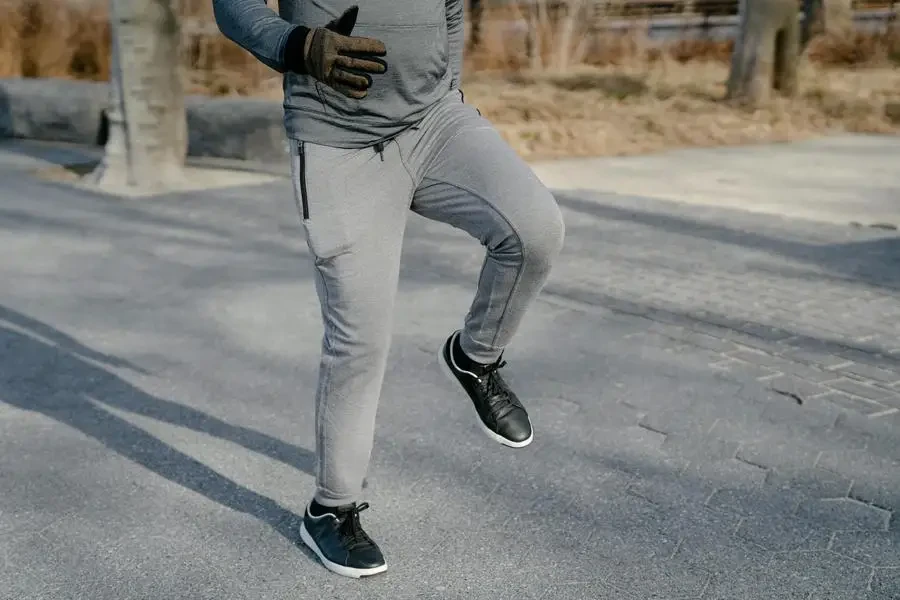
Breathable and Moisture-Wicking Fabrics
In the realm of running pants, the choice of fabric is paramount. Breathable and moisture-wicking fabrics are essential for maintaining comfort during intense physical activities. These fabrics are designed to draw sweat away from the body, allowing it to evaporate quickly, which helps to keep the skin dry and cool. Materials like recycled polyamide and elastane blends are popular for their ability to balance stretch and durability. For instance, the Vuori Miles Jogger, which contains 21% elastane, offers a buttery-soft feel while providing solid resistance to wind and abrasion. This combination ensures that the pants remain comfortable and functional, even during prolonged use.
Sustainable and Eco-Friendly Options
Sustainability is becoming a significant trend in the sportswear industry, with many brands opting for eco-friendly materials. The Patagonia Cotton Essential Pants, for example, forgo stretch in favor of all-organic cotton, highlighting a commitment to environmental responsibility. These pants are not only comfortable but also contribute to reducing the environmental footprint. The use of recycled materials, such as the 79% recycled polyamide in the Vuori Miles Jogger, is another example of how brands are integrating sustainability into their product lines. This shift towards eco-friendly options is driven by increasing consumer awareness and demand for products that are both high-performing and environmentally conscious.
Soft and Comfortable Textures
Comfort is a critical factor for running pants, and the texture of the fabric plays a significant role in this. Soft and comfortable textures enhance the overall wearing experience, making the pants suitable for both athletic activities and casual wear. The Vuori Miles Jogger, with its buttery-soft feel, exemplifies this trend. The fabric’s smooth texture not only feels great against the skin but also helps to prevent chafing and irritation, which are common issues during long runs or workouts. This focus on comfort ensures that athletes can perform at their best without being distracted by uncomfortable clothing.
Design and Functionality
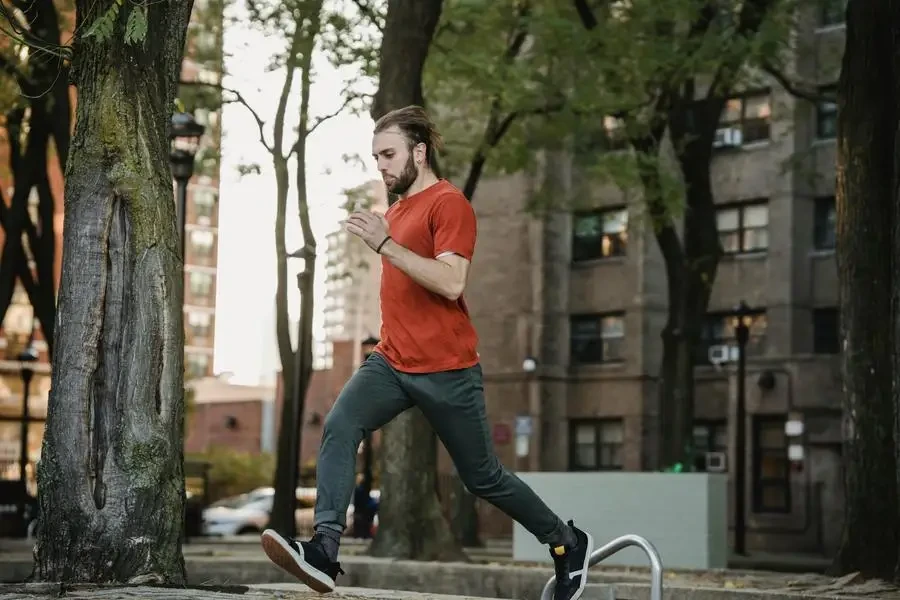
Ergonomic and Streamlined Designs
The design of running pants has evolved to prioritize ergonomics and streamlined aesthetics. Ergonomic designs ensure that the pants move with the body, providing maximum flexibility and support. Streamlined designs, on the other hand, reduce bulk and enhance the overall look of the pants. The Janji Transit Tech Pant, for instance, combines a low weight with great all-day comfort and breathability, making it ideal for both running and daily use. The cuff design of these pants provides a secure fit around the ankle without the bunched-up look, ensuring a sleek and functional appearance.
Pockets and Storage Solutions
Storage solutions are a crucial aspect of running pants, as they allow athletes to carry essentials like phones, keys, and wallets securely. The Athleta Headlands Mid Rise Tight stands out with its six zippered pockets, offering ample storage without compromising on style or comfort. Similarly, the Janji Transit Tech Pant features deep hand pockets and an additional side zippered pocket, providing practical storage options for runners. These thoughtful design elements ensure that athletes can keep their belongings safe and accessible during their workouts.
Reflective Elements for Safety
Safety is a top priority for runners, especially those who train in low-light conditions. Reflective elements on running pants enhance visibility, making it easier for drivers and other pedestrians to see the runner. This added safety feature is particularly important for early morning or late evening runs. Brands are increasingly incorporating reflective details into their designs to address this need, ensuring that runners can stay safe while maintaining their training schedules.
Size, Fit, and Customization
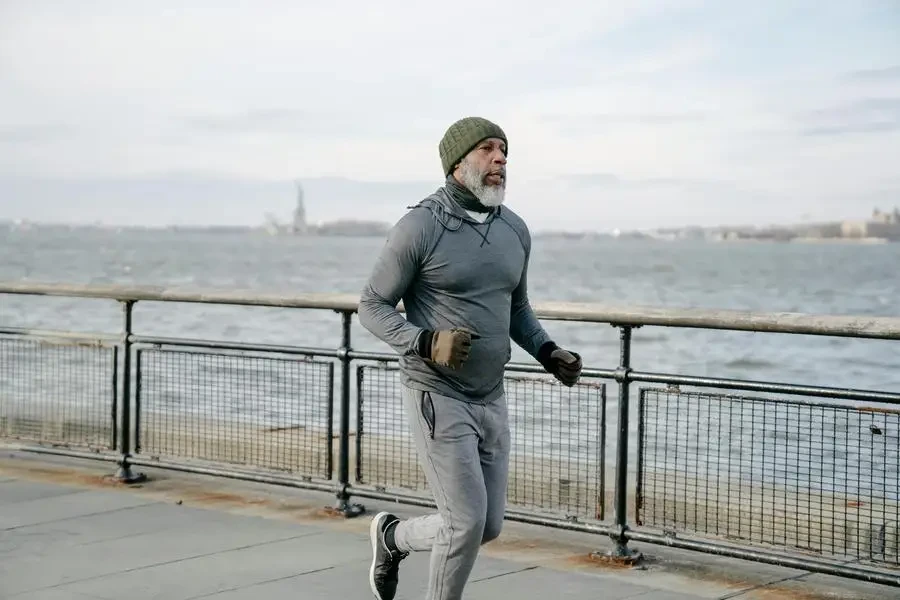
Inclusive Sizing Options
Inclusive sizing is an essential consideration in the sportswear industry, as it ensures that products are accessible to a diverse range of body types. Brands like Athleta offer their pants in a wide range of sizes, from 00 to 26, with additional options for tall and petite versions. This commitment to inclusivity ensures that all athletes can find running pants that fit well and provide the necessary support and comfort.
Tailored Fits for Enhanced Performance
Tailored fits are designed to enhance performance by providing a snug yet comfortable fit that supports the body’s movements. The Patagonia Happy Hike Studio Pants, for example, offer a smooth feel and great freedom of movement, making them ideal for both hiking and running. These pants are designed to hold their shape well, even after extended use, ensuring that athletes can perform at their best without being hindered by ill-fitting clothing.
Customization and Personalization Trends
Customization and personalization are growing trends in the sportswear industry, allowing athletes to tailor their gear to their specific needs and preferences. This trend includes options like adjustable waistbands, customizable lengths, and personalized color choices. These features not only enhance the functionality of the running pants but also allow athletes to express their personal style. Brands are increasingly offering these options to cater to the unique needs of their customers, ensuring a more personalized and satisfying shopping experience.
Technological Features and Advancements
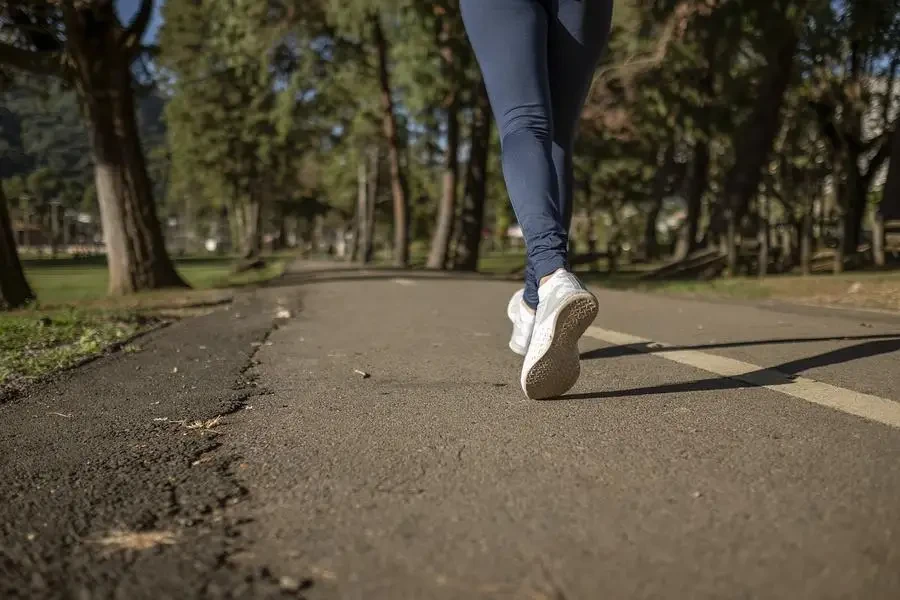
Smart Fabrics and Wearable Technology
The integration of smart fabrics and wearable technology is revolutionizing the sportswear industry. Smart fabrics can monitor various physiological parameters, such as heart rate and body temperature, providing valuable data to athletes. This technology allows for real-time feedback and performance tracking, helping athletes optimize their training and recovery. While still in the early stages, the potential of smart fabrics in running pants is immense, promising to enhance both performance and safety.
Temperature Regulation and Weather Resistance
Temperature regulation and weather resistance are critical features for running pants, especially for those who train in varying weather conditions. Fabrics that can regulate temperature help to keep the body cool in hot weather and warm in cold weather. The Janji Transit Tech Pant, for example, is noted for its ability to fend off chilling gusts, making it a great option for cold-weather running. Weather-resistant fabrics also protect against wind and rain, ensuring that athletes can continue their training regardless of the weather.
Anti-Odor and Anti-Bacterial Properties
Anti-odor and anti-bacterial properties are essential for maintaining hygiene and comfort during intense physical activities. These features help to prevent the buildup of bacteria and unpleasant odors, ensuring that the running pants remain fresh even after prolonged use. Fabrics with these properties are particularly beneficial for athletes who train frequently, as they reduce the need for frequent washing and extend the lifespan of the pants.
Conclusion
The evolution of running pants is marked by significant advancements in materials, design, and technology. From breathable and moisture-wicking fabrics to smart wearable technology, these innovations are enhancing the performance, comfort, and safety of athletes. As the industry continues to prioritize sustainability and inclusivity, we can expect to see even more exciting developments in the future.
